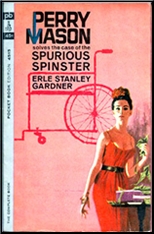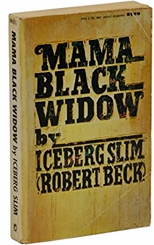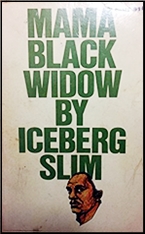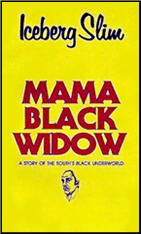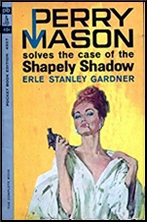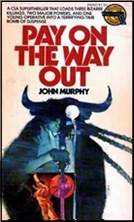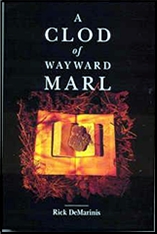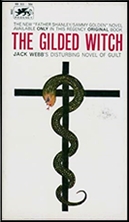REVIEWED BY DAVID VINEYARD:
JACK DAVIES – Esther, Ruth, and Jennifer. Allen, UK, hardcover, 1979. Also published as North Sea Hijack (Star, UK, paperback, 1980). US title: Atlantic Incident (Jove, paperback, 1980).
Film: Universal, 1980, as North Sea Hijack; released in the US as ffolkes; also released as Assault Force. Roger Moore, James Mason, Anthony Perkins, Michael Parks, David Hedison, Lea Brodie, Dana Wynter. Screenplay by Jack Davies based on his novel. Directed by Andrew V. McLaglen.
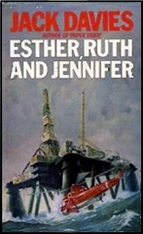
“In his hand he carried an ancient carpet bag with a printed label which read: Rufus Excalibur ffolkes, Skeely, Scotland. It contained what he thought of as his overnight things: pajamas, dressing gown, two spare shirts, more red socks, his shaving kit and comb, the tapestry he had been working on for the last seventeen years, two loaded revolvers, a bottle of Black Label Scotch Whiskey, and the Shorter Oxford English Dictionary; which was his current reading matter. He had reached page 699 the previous night and been delighted to find a word of which he did not know the meaning — filoplume. Of course, he knew filium was Latin for thread and plume was feather, but he had not known the word was used ornithlogically to describe the nearest approach to a hair a bird can have. Just the sort of thing the TIMES crossword would spring on me, he thought.”
Every collector has those books you look for over a period of years and somehow never come across a copy that is available and you can afford, and then when you do find it, it arrives in the mail, and you complete the anticipatory act of opening your acquisition when the inevitable doubt grips you.
Is it any good?
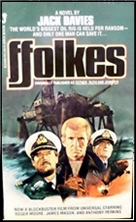
You have spent forty years or more looking for a copy having never read the book, having never read so much as a review of the book, and now it is in your trembling hands, and you face that dilemma; was it worth all this?
In the case of Jack Davies’ Esther, Ruth, and Jennifer, the answer was a resounding, and relieved, yes.
Granted in this case there was a very entertaining action film starring Roger Moore taking a break between Bond outings (Moonraker and For Your Eyes Only) and the screenplay for that was by the novelist, and that writer had written numerous great screenplays, and several good novels, but still, that timorous nagging fear lay heavily on my too often disappointed collectors soul.
Was Esther, Ruth and Jennifer going to be a tremendous let down?
Book and film have the same simple premise. Jennifer and Ruth, the largest of the North Sea Oil platforms have been mined by terrorists who are demanding £25 million or they will be blown-up, crippling North Sea oil production for decades. The hijackers have taken Esther, the state of the art supply ship commanded by Captain Olaffsen, and is holding his crew hostage.
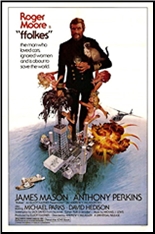
Harold Shulman embezzled from his own company and was sent to prison. There he met psychotic Lew Kramer and they decided to team up, ruthlessness and brutality. The only trick then was to find a target worthy of their ambition.
Anyone who lived through the Seventies probably remembers just how much oil production and prices were on everyone’s mind. Those North Sea Oil Rigs were a lifeline for all of Europe and particularly for the United Kingdom and Norway. I worked on an industrial espionage case involving British Petroleum and the North Sea platforms and the pressure from several governments was intense.
Enter our hero, Rufus Excalibur ffolkes, ex Royal Navy, and eccentric cat loving, woman hating, whiskey (and in kilt-wearing ffolkes’ case that should be ‘whuskey’) swigging, motorcycle enthusiast, and sewing aficionado who has trained his own team of tough sea going privateers for just this sort of thing. Both the British government and the company approach him despite the fact he is almost impossible to work with.
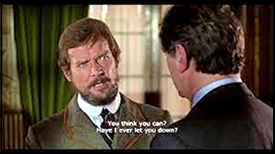
After all, he predicted exactly how the rigs might be hijacked so he has the best chance of saving them.
“We go on as before. We keep practicing assaults on platforms, rigs and ships, unobserved by anyone on them. If any of them is ever successfully hijacked one thing is certain. We will have to deal with the hijackers before they can do any damage.â€
ffolkes’ plan involves his going aboard Jennifer with part of the team assigned to negotiate the ransom, Admiral Brinken of the Royal Navy and Mr. King from the oil company, but things go awry. Then too the Navy and the company are wary ffolkes’ plan which begins with convincing the hijackers that they have made a mistake and Ruth, out of their line of sight, has blown up because of them.
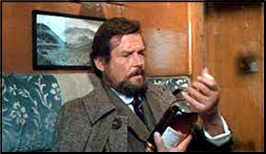
Little can ffolkes expect things will go wrong between rough seas and human error and he will find himself aboard the Esther with one healthy ally he can rely on, Sanna, a female crew member ffolkes mistakenly thinks is a young man at first, as the deadline grows closer.
In the film released in the UK as North Sea Hijack and here as ffolkes it is all in the acting, Moore having great fun as ffolkes, Anthony Perkins as Shulman, Michael Parks as Kramer, James Mason the Admiral, and David Hedison the company representative. On the printed page it is a cleverly and richly told take that, considering the author’s history in film, is a well crafted and often humorous thriller that at times reads as if P. G. Wodehouse was collaborating with Alistair MacLean. The action may be cinematic, but the book compares well with many of the better adventure thrillers of the era by legends in the genre like Canning, Innes, and Bagley.
You never feel as if you are reading a scenario for a film though the film follows the book scene by scene.
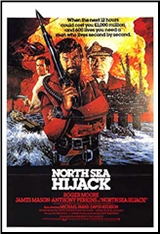
If you love British comedy of the late fifties into the sixties Jack Davies name should be familiar to you from the credits. Jack (John Bernard Leslie) Davies was a British screenwriter whose films include Laughter in Paradise, Doctor at Sea, An Alligator Named Daisy, Gambit, It Started in Naples, The Poppy is Also a Flower, Monte Carlo or Bust (aka Those Daring Young Men in Their Jaunty Jalopies based on his novel), Paper Tiger (with David Niven and Toshiro Mifune also based on his novel) and the Oscar nominated best original screenplay for Those Magnificent Men and Their Flying Machines. His lines read by a veritable who’s who of Hollywood stars including Clark Gable, Sophia Loren, Michael Caine, Shirley MacLane, Alex Guinness, Tony Curtis, David Niven, Yul Brynner, Rita Hayworth, and more.
Three of his four novels were made into films unsurprisingly.
Whether in novel or film form this is simply an entertaining romp, but I have to say with great relief, after years of looking for it, the book is everything I wanted, and packs far more into less that three hundred pages of smallish print than most of today’s bestselling high concept thrillers bloated out to doorstop size.
Davies knows when to be terse and when to be expansive, when to draw to his heroes eccentricities and when it is too much, which is the key to this kind of character working.
And, the ending of the book, as the ending of the film did, hits just the right note, a smile and not a laugh relieving considerable tension.
